Support material testing and equipment testing
Focus on R & D and manufacturer of plasma cleaning machine for 20 years

7 major applications of plasma surface treatment and cleaning technology in automotive materials:
Everyone knows that cars are assembled from a large number of parts, and the main materials that make up these parts are steel and plastic. How are these parts assembled together? Perhaps many people thought of screwing and welding. Some people also thought of riveting. These are the more common ways to assemble cars. And if you say that the car is also glued together, you may also feel shocked. In fact, the adhesive technology has been widely used in the automotive field. It is not an exaggeration to say that the car is glued together. Since it is glued, why is it so strong? This is a new type of technology called plasma surface treatment and cleaning technology. This technology can enhance the bonding ability, hydrophilicity, cleaning and many other functions of the surface of the object, such as:
1. Plasma increases surface roughness:

When the adhesive infiltrates the surface of the material to be adhered well (contact angle θ<90°), the roughening of the surface is beneficial to increase the degree of infiltration of the adhesive liquid on the surface, increase the density of the contact point between the adhesive and the material to be adhered, and thus help increase the adhesion.接 Strength. Conversely, when the adhesive does not infiltrate the material to be adhered (θ>90°), the roughening of the surface is not conducive to the improvement of the bonding strength. To
2. Plasma surface treatment technology:
The surface treatment before bonding is the key to successful bonding, and its purpose is to obtain a strong and durable joint. Due to the "weak boundary layer" formed by the oxide layer (such as rust), chromium plating layer, phosphating layer, release agent, etc. of the adhered material, the surface treatment of the adherend will affect the bonding strength. For example, the surface of polyethylene can be treated with hot chromic acid oxidation to improve the bonding strength. When heated to 70-80°C for 1-5 minutes, a good bondable surface will be obtained. This method is suitable for polyethylene plates, thick Wall tube etc. When the polyethylene film is treated with chromic acid, it can only be carried out at room temperature. If it is carried out at the above temperature, the surface treatment of the film will adopt plasma or micro flame treatment. To
When the surface of natural rubber, styrene butadiene rubber, nitrile rubber and chloroprene rubber is treated with concentrated sulfuric acid, it is hoped that the rubber surface will be slightly oxidized. Therefore, the sulfuric acid must be thoroughly washed off in a short period of time after the acid is applied. Excessive oxidation instead leaves more fragile structures on the rubber surface, which is not conducive to bonding. To
When locally bonding the vulcanized rubber surface, remove the release agent from the surface treatment, and it is not advisable to use a large amount of solvent to wash, so as not to prevent the release agent from spreading to the treated surface and hinder the bonding. For the surface treatment of aluminum and aluminum alloys, it is hoped that aluminum oxide crystals will be generated on the aluminum surface, while the naturally oxidized aluminum surface is a very irregular and relatively loose aluminum oxide layer, which is not conducive to bonding. Therefore, the natural aluminum oxide layer needs to be removed. However, excessive oxidation will leave a weak layer in the bonded joint. To
3. Plasma surface cleaning and etching technology:
Through the action of the processing gas, the etched object will become gaseous and discharged, and the surface of the material will be processed to achieve the effect of recess etching, which can improve the adhesion and endurance between the materials.
4. Plasma surface modification technology:
Taking polytetrafluoroethylene (PTFE) as an example, it cannot be printed or glued unless it is processed. Plasma treatment can make the surface Zda, and at the same time form an active layer on the surface, so that PTFE can be bonded, printed and other operations.
5. Plasma surface activation technology:
Break the molecular bonds on the surface of the material to form new substances and improve adhesion. Mainly used to clean plastic, glass, ceramics and non-polar materials such as polyethylene (PE), polypropylene (PP), polytetrafluoro (PTFE), polyoxymethylene (POM), polyphenylene sulfide (PPS), etc.
6. Plasma surface coating technology:
In plasma coating, two gases enter the reaction chamber at the same time, and the gases will polymerize in the plasma environment. This application is much more demanding than activation and cleaning. Typical applications are the formation of protective films for fuel containers, scratch-resistant surface coatings, coatings similar to polytetrafluoroethylene (PTFE) materials, and waterproof coatings. (Decompose polymer).
7. Plasma surface coating technology:
A protective film is formed on the surface of the material to protect the material.
Plasma surface treatment and cleaning technology has been used in many fields of industry today, and it is believed that this technology will be more widely used in the future.

CRF-VPO-4L-S
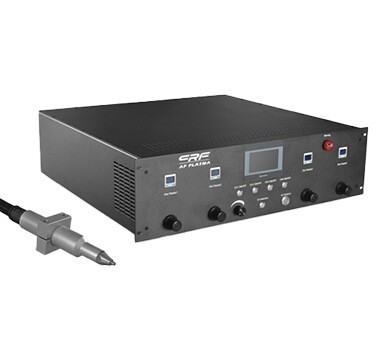
CRF -APO-IP-XXHD-DXX
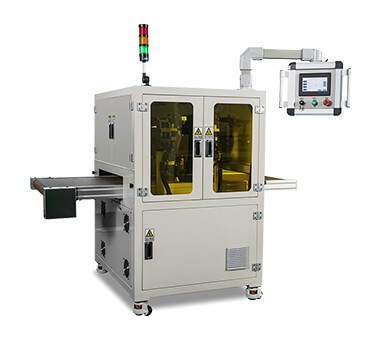
CRF-APO-500W-C
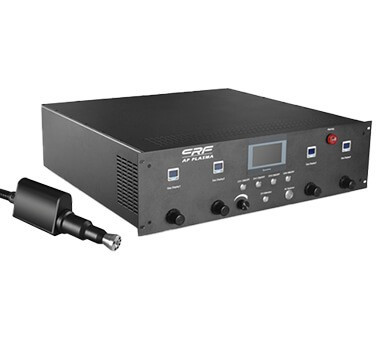
CRF-APO-IP-XXHD-RXX
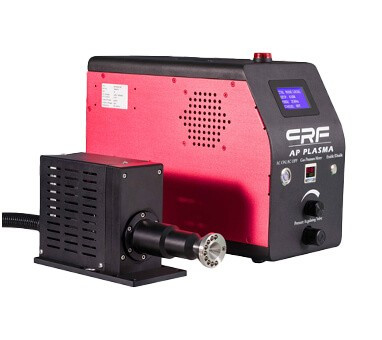
CRF-APO-RP1020-D
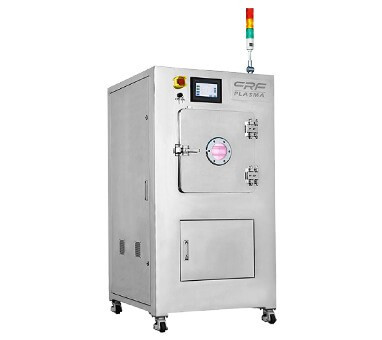
CRF-VPO-8L-M
The advantages of plasma spraying equipment plasma surface treatment PET plastic spraying
more >Surface modification of bamboo powder/PETG composites by low temperature plasma treatment technology
more >The packaging screen printing plasma cleaning machine completely solves the problem of packaging screen printing falling
more >Plasma cleaning machine surface modification PCB board plasma cleaning machine
more >Plasma surface activation cleaning technology COG process for mounting bare chip IC on glass substrate (LCD)
more >The introduction of various oxygen-containing groups during plasma treatment makes the surface of the material easy to b
more >